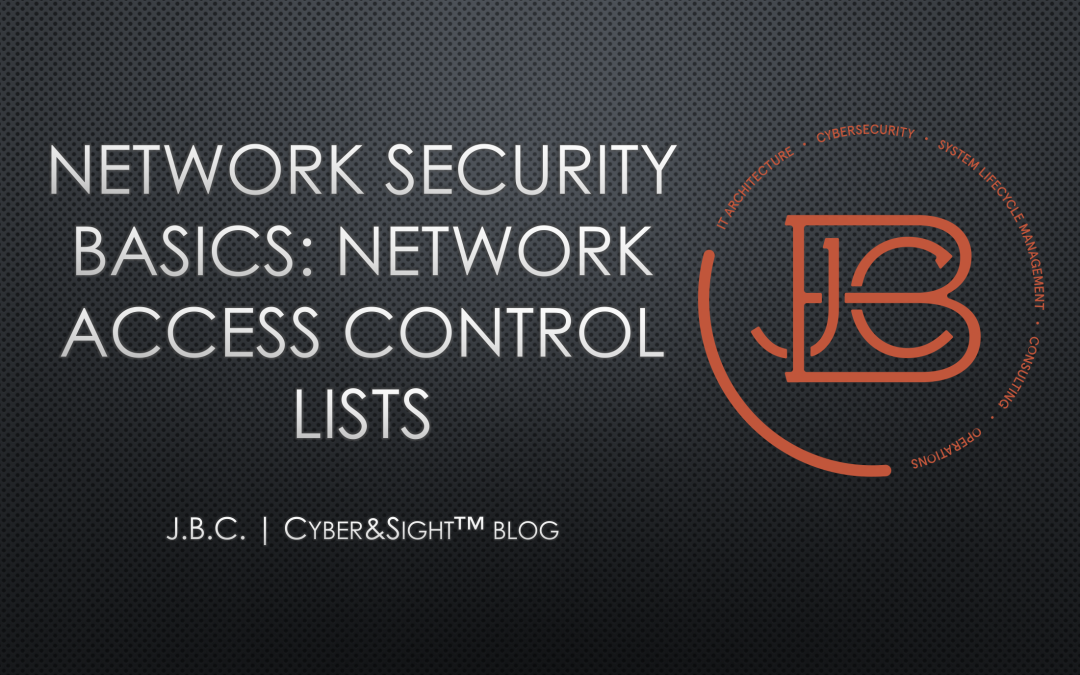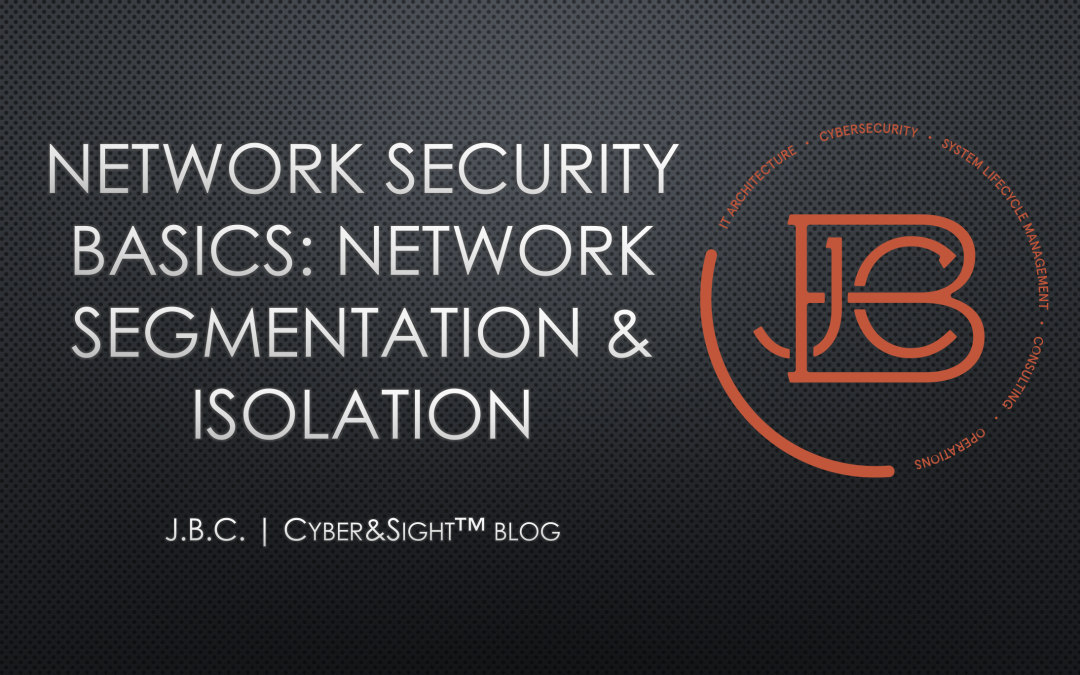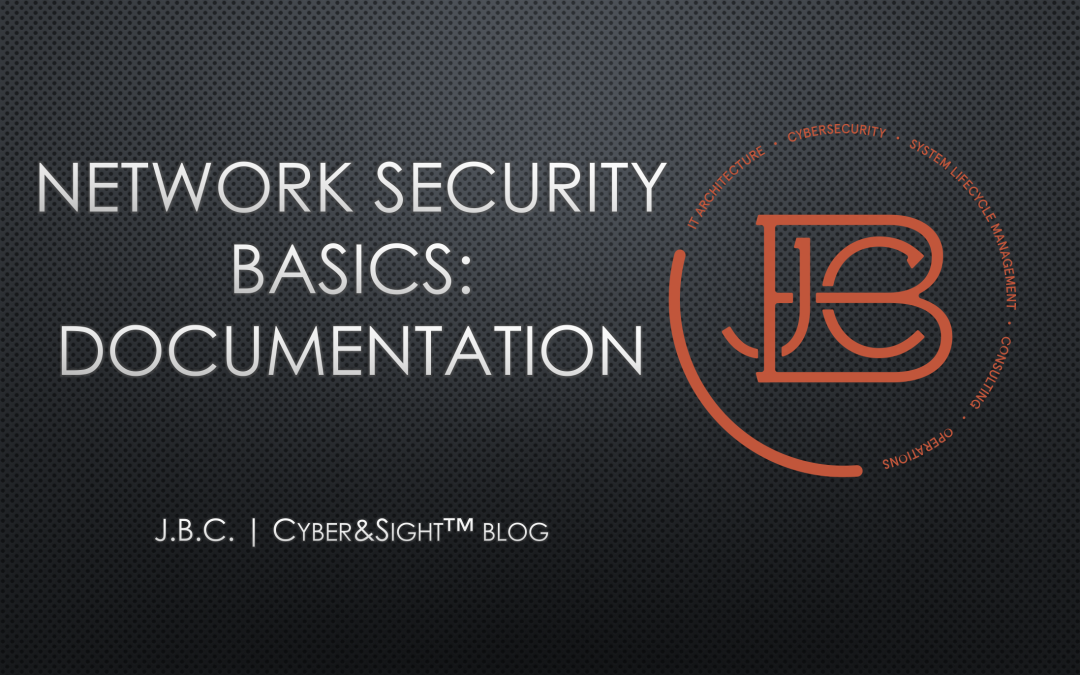
by John Breth | Oct 30, 2019 | Cybersecurity, IT Engineering, IT Operations
So far we’ve covered two basic tenets to network security: documentation and network segmentation and isolation. Network access control layers nicely on top of those. You are taking the defined data flows (what devices are allowed to communicate over specific...

by John Breth | Sep 11, 2019 | Cybersecurity, IT Engineering, IT Operations
When it comes to building and securing a network, the most impactful thing that can be done is planning your network design in an efficient and protective manner. Understanding and implementing a segmented and layered architecture will establish a clear precedent for...

by John Breth | Aug 27, 2019 | Governance, IT Engineering, IT Operations
The foundation of good network security is understanding what makes up your environment, where it’s located, what it does, and why it’s there. In essence, the Five W’s (Who, What, When, Where, and Why) play a critical role in understanding and...

by John Breth | Jul 23, 2019 | Cybersecurity, InfoSec, IT Engineering
This is the first of a six-part series discussing five basic network security principles (The Fab Five) that when implemented properly can significantly improve the security posture of any IT environment. The reality is, no matter how simple something is, it...

by John Breth | Jun 16, 2019 | IT Engineering, IT Operations
A staple offering within Cisco’s device portfolio is their Fabric Extender (FEX) Technology. In essence, it allows you to do a few very cool things: 1.Minimize the number of switches you need to manage. FEX devices connect to upstream Nexus switches...

by John Breth | May 14, 2019 | Cybersecurity, IT Engineering
I like to approach designing networks by starting with a solid foundation from the beginning. In my eyes, this mean utilizing network segmentation to its fullest. Intricate rule sets, host and network based protections, and real time threat detection all have their...







